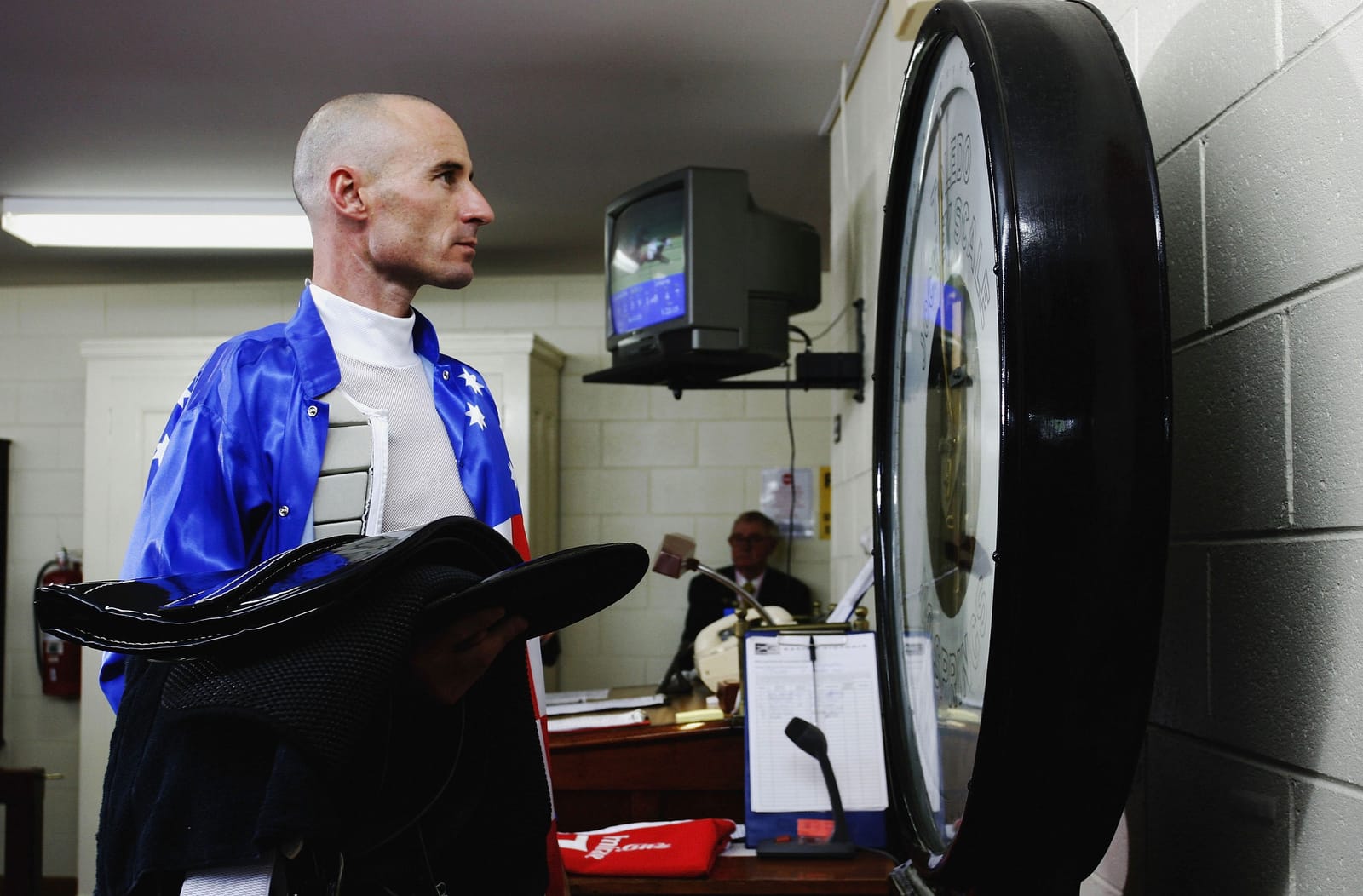As the feats of Makybe Diva are celebrated at Flemington this week with the race named in her honour, the jockey who was an intrinsic part of her success believes that it’s time to change the weight allowance given to fillies and mares.
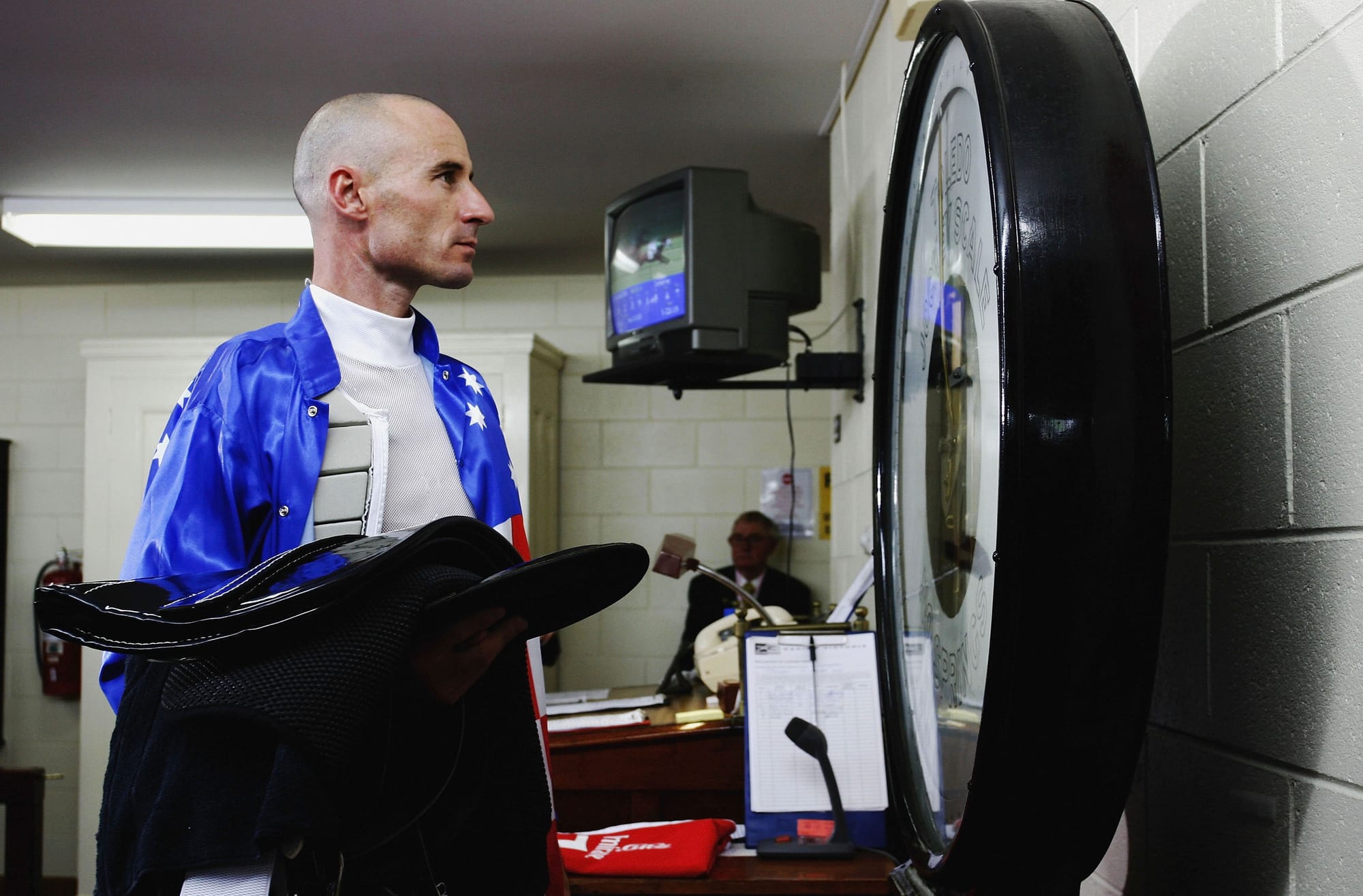
For Glen Boss and Richard Freedman, the looming 20th anniversary of Makybe Diva’s historic third Melbourne Cup victory triggered memories of an era now lost – and a niggle that maybe something isn’t quite right.
That niggle relates to international horse racing’s most enduring template, the weight-for-age scale. It was an age and sex formula created by an English Jockey Club handicapper Admiral Rous in the 1860s.
Other than minor tinkering, it has remained largely intact, rarely challenged, and with a fairer sex premise that affords fillies and mares an allowance of between 1.5kg and 2kg against colts and geldings.
As Boss and Freedman reflected on the Makybe Diva three-peat, commemorated by Saturday’s Makybe Diva Stakes where the 26-year-old mare will be guest of honour, focus turned to the weight-for-scale scale.
Is it fair? Have things changed?
Makybe Diva was the first of the supreme mares - second if you include Sunline. Next came Black Caviar, followed by Winx, and now we have Via Sistina.
At weight-for-age, these mares ran amok against mostly geldings.
For Boss, this is not an aberration but an irresistible trend, a consequence of a handful of factors of modern racing: the best colts have long disappeared to stud come open age and, since the late 1980s, geldings have not been supplemented with steroids.
Hence, the halcyon days of geldings through the 1970s, 1980s and early 1990s has been eclipsed by a golden era for mares who often dwarf hapless gelding rivals and are gifted 1.5kg in Europe and the US but 2kg in Australia.
The allowance is also adjusted into the weights mares carry under handicap conditions.
To Boss, this Jurassic Park world of monster mares is almost certainly unfair.
Dr Geoff Chapman, a medico turned trainer of champions Dr Grace and Myocard had long agreed. Chapman has described the notion of a fairer sex in thoroughbreds as nonsense.
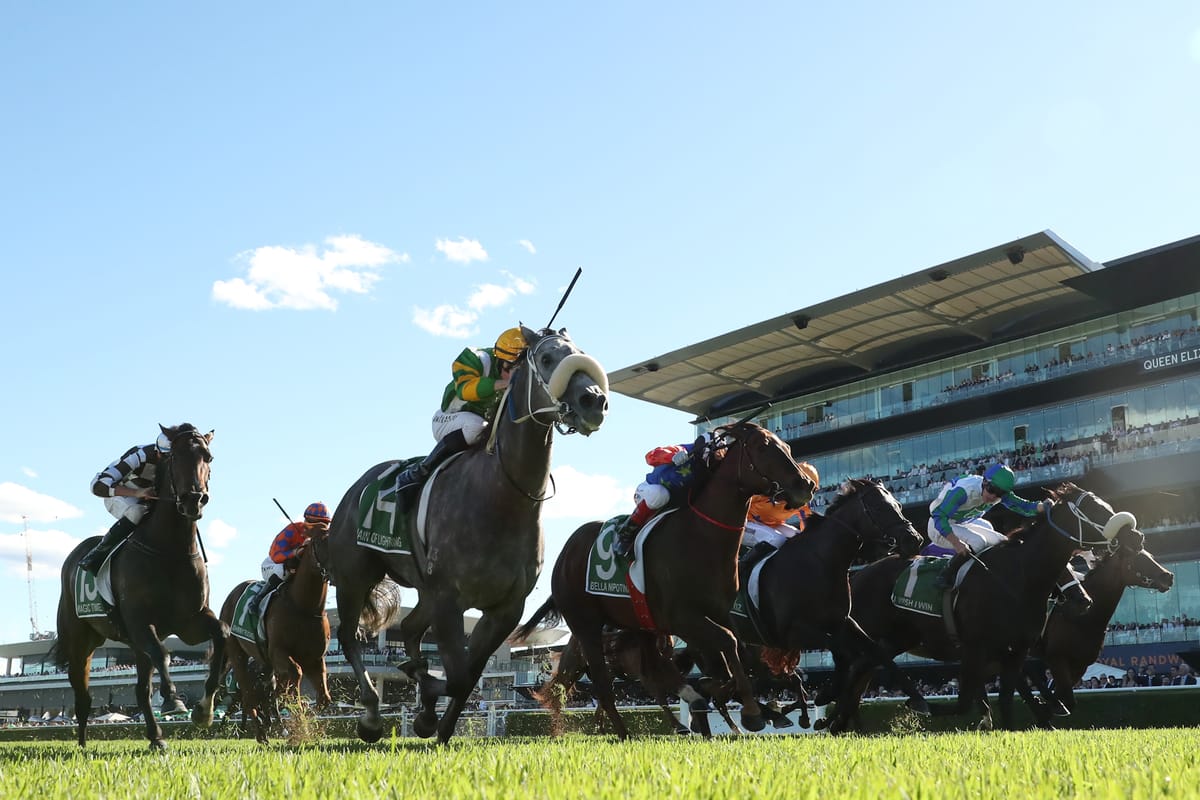
“The great mares, most had one thing in common,” Boss said. “They are bigger, stronger, more powerful even than the boys.
“They are f..ing powerful, often very aggressive with lots of natural testosterone.
“The good colts are gone by the time they’re four, so you’ve got a pool of geldings who have not been allowed the water or oil-based steroid that used to help them.
“They’re monsters yet they get two kilograms from these geldings. It doesn’t make much sense, does it?”
Boss suggested a “gloves off” change to the scale once mares reach age four and have established themselves as open-age stars.
“I really think it (the WFA scale) is outdated. I think maybe give the girls an advantage at two and three when they’re not quite developed, and the colts are more advanced, but at four, why not investigate if it’s still valid.
“It wouldn’t stop these great mares, it would just even things up.”
Freedman was working on the Seven Network’s Melbourne Cup week coverage the day Makybe Diva won that third Cup, lumping 58kg.
He recalls the pantomime and circus elements – the Diva masks, the Boss jockey jig, the mare standing statue-still on the track to survey the scene as 106,000 frenzied fans honouring both the champion and the cherished race.
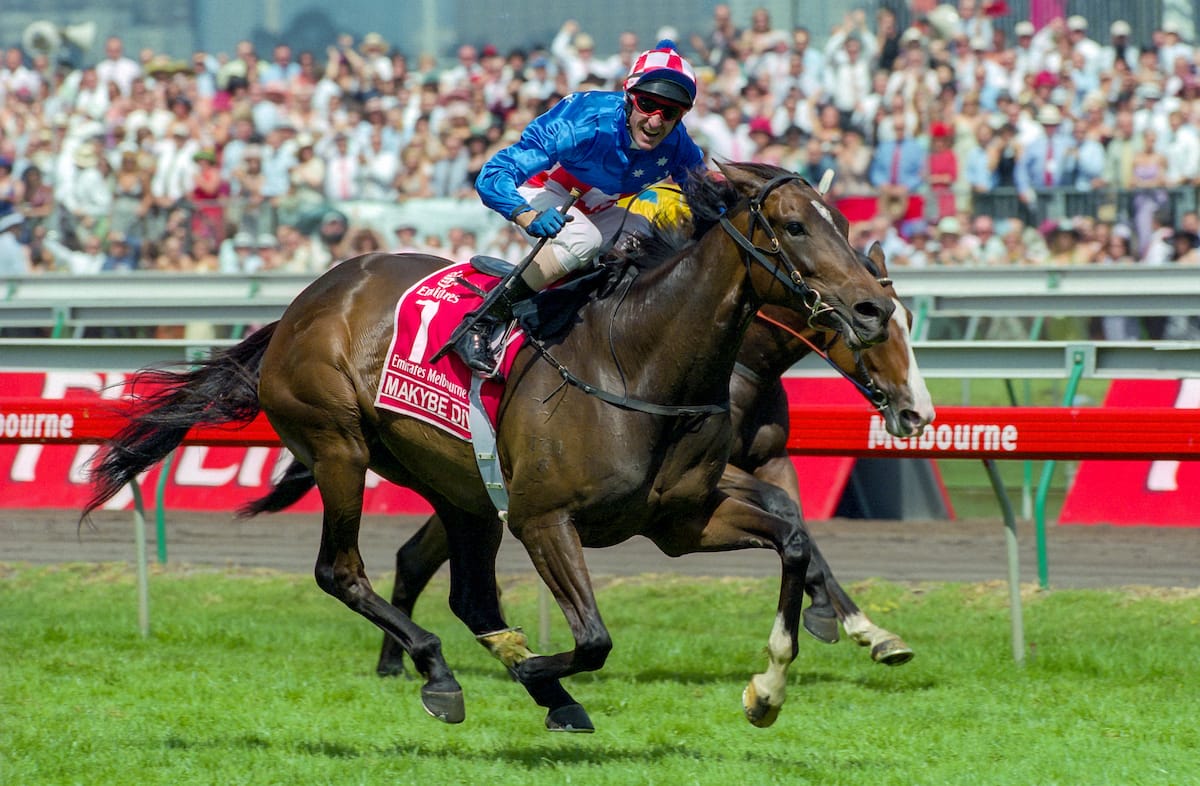
He recalls the “find the youngest child” line from his brother Lee – and says the Cup lost its grip immediately after Makybe Diva.
He believes the focus on internationals, combined with a lapse in old school, grass-roots promotion of the race led to the decline in attendances, viewing audience and wagering.
Boss said the Cup was still an institution but claims the long-range narrative had waned. The emergence of a pin-up story like Makybe Diva would help, he said.
Victoria Racing Club racing manager Leigh Jordon disagreed that the Cup had lost lustre since the hysteria of Makybe Diva.
“I really think it (the WFA scale) is outdated. I think maybe give the girls an advantage at two and three when they’re not quite developed, and the colts are more advanced, but at four, why not investigate if it’s still valid" - Glen Boss
He said that “just when people think the Cup has gone down a certain path, it reinvents itself, comes up with something new. Look at last year (Knight’s Choice), a great battler story.”
Cup niggles aside, Freedman agrees with Boss that Makybe Diva’s third victory should probably have begun a drumbeat for reflection and review of the weight-for-age scale.
Neither Boss nor Freedman insist their challenge of it in no way diminishes the status of the great mares before and after Makybe Diva.
But they believe their dominance should invite greater scrutiny on the relevance of the Rous formula.

“This issue has actually come up a number of times and it works for the breeding industry and other dynamics in racing but it should be a moving target,” Freedman said.
“Maybe it was relevant when Rous came up with it but maybe things have changed. Mares are bigger and stronger than they’ve ever been and maybe they don’t need the advantage that history suggests.
“The last four super champions – Sunline, Makybe Diva, Black Caviar and Winx – have been big, strong mares. Maybe there’s something to go on here, some room for review.
“It’s not particularly relevant to three-year-old fillies because they tend to stick to their own age but at four, that’s when the big jump comes, where they take on all-comers.”
The former and current Racing Victoria chief handicappers are neutral regarding review of the scale, while Australia’s most prominent breeder John Messara believes none is necessary.
He responded via text: “Ok as is, JM.”
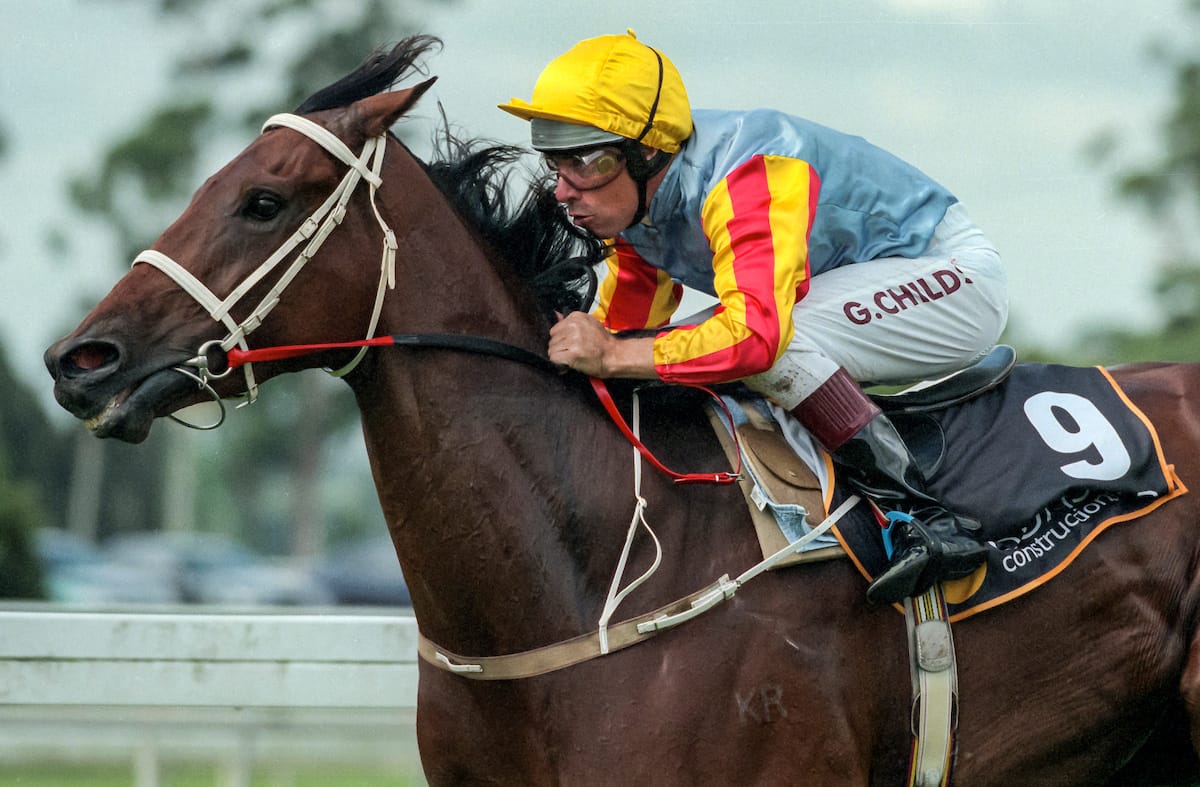
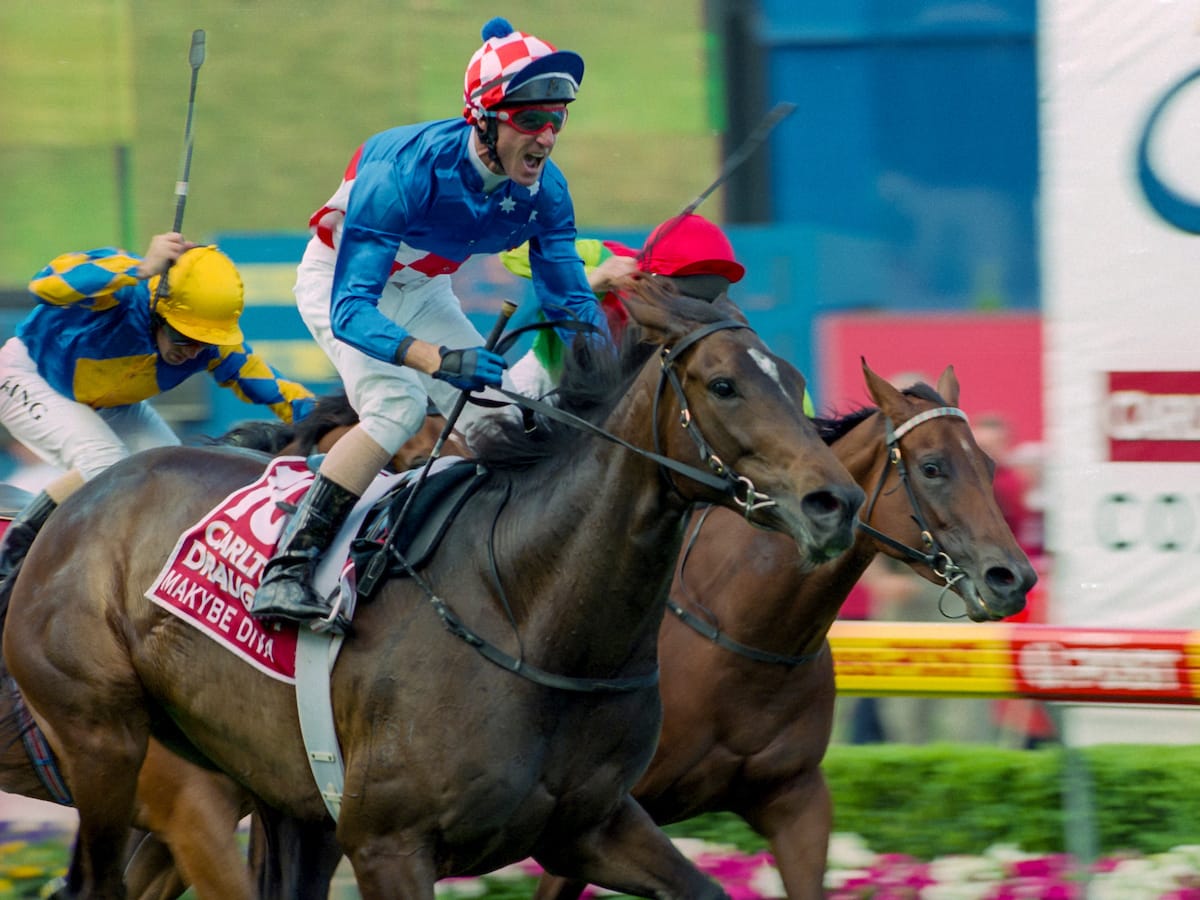
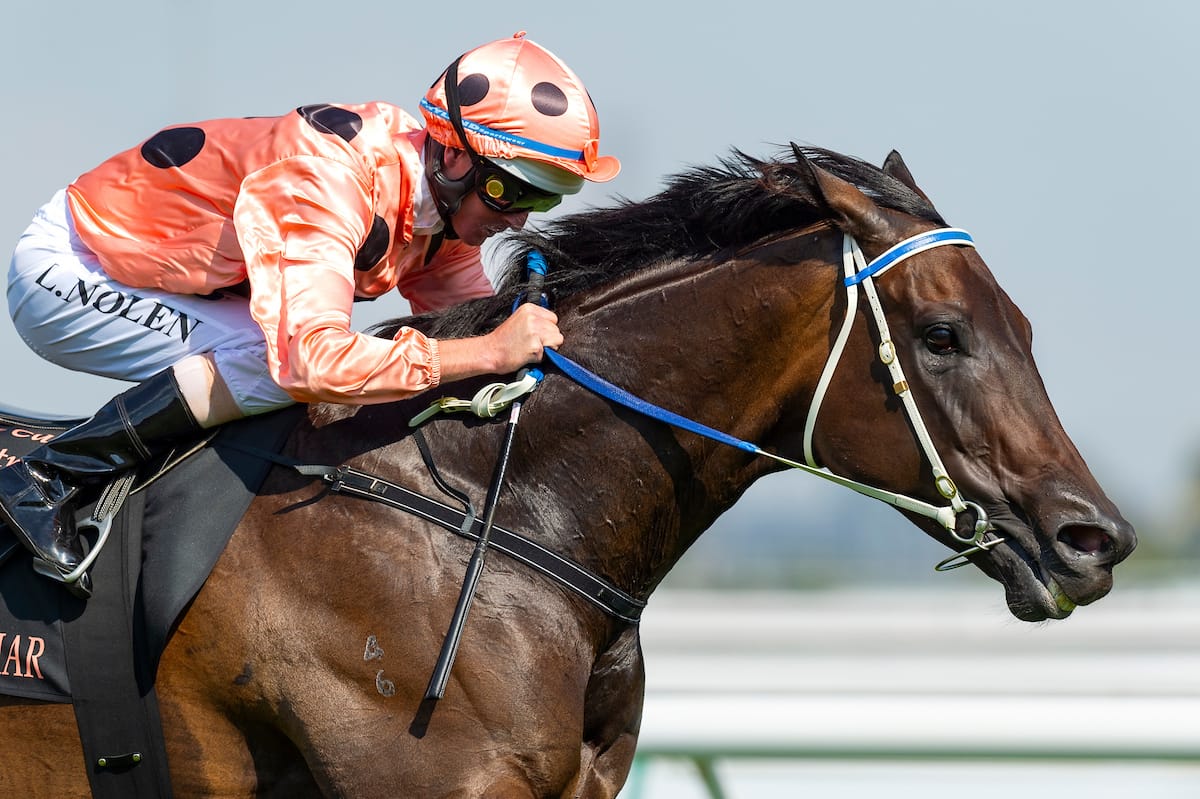
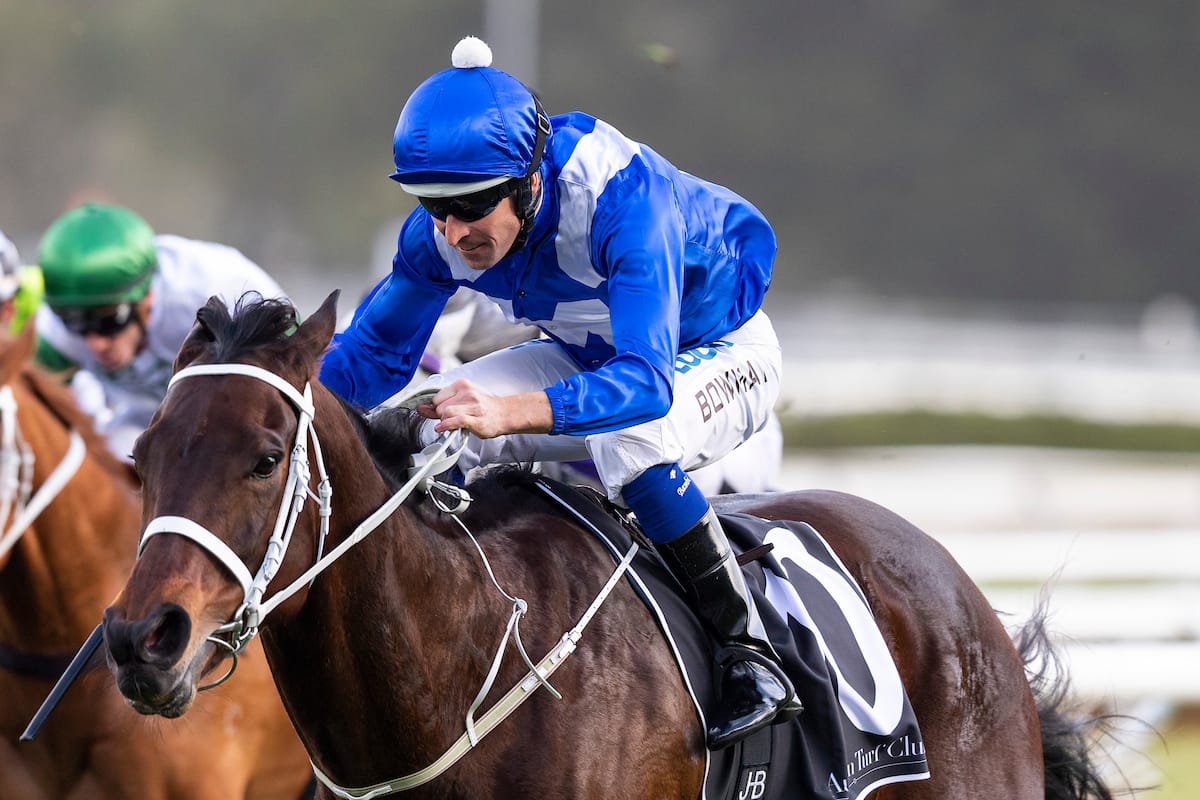
Sunline, Makybe Diva, Black Caviar and Winx have dominated in a golden era for mares. (Photos: Bronwen Healy - The Image is Everything - Bronwen Healy Photography)
Greg Carpenter said two years ago that no adjustment was required but offered a more circumspect view this week.
Now chief handicapper in Hong Kong, Carpenter said: “What I have always maintained is that it is accentuated when a champion female is already better than her male contemporaries, she is virtually unbeatable when they have to give her two kilograms.
“And it leads to the total domination we have seen with Black Caviar, Winx and now Via Sistina”
Carpenter opted not to buy into the “but is this fair?” follow up.
His successor at RV, David Hegan, pointed out that Europe and North America afforded females 1.5kg and Japan, Dubai, New Zealand and Australia allowed 2kg.
Hagen said more data would be required if the scale was to be changed.
“I suppose an argument exists for the European model,” Hagen said.
“But any change would be subject to a definitive data set showing across the board that fillies and mares are getting definitive advantage as well as a biological vet study showing female muscle density has improved better than previous studies.”

